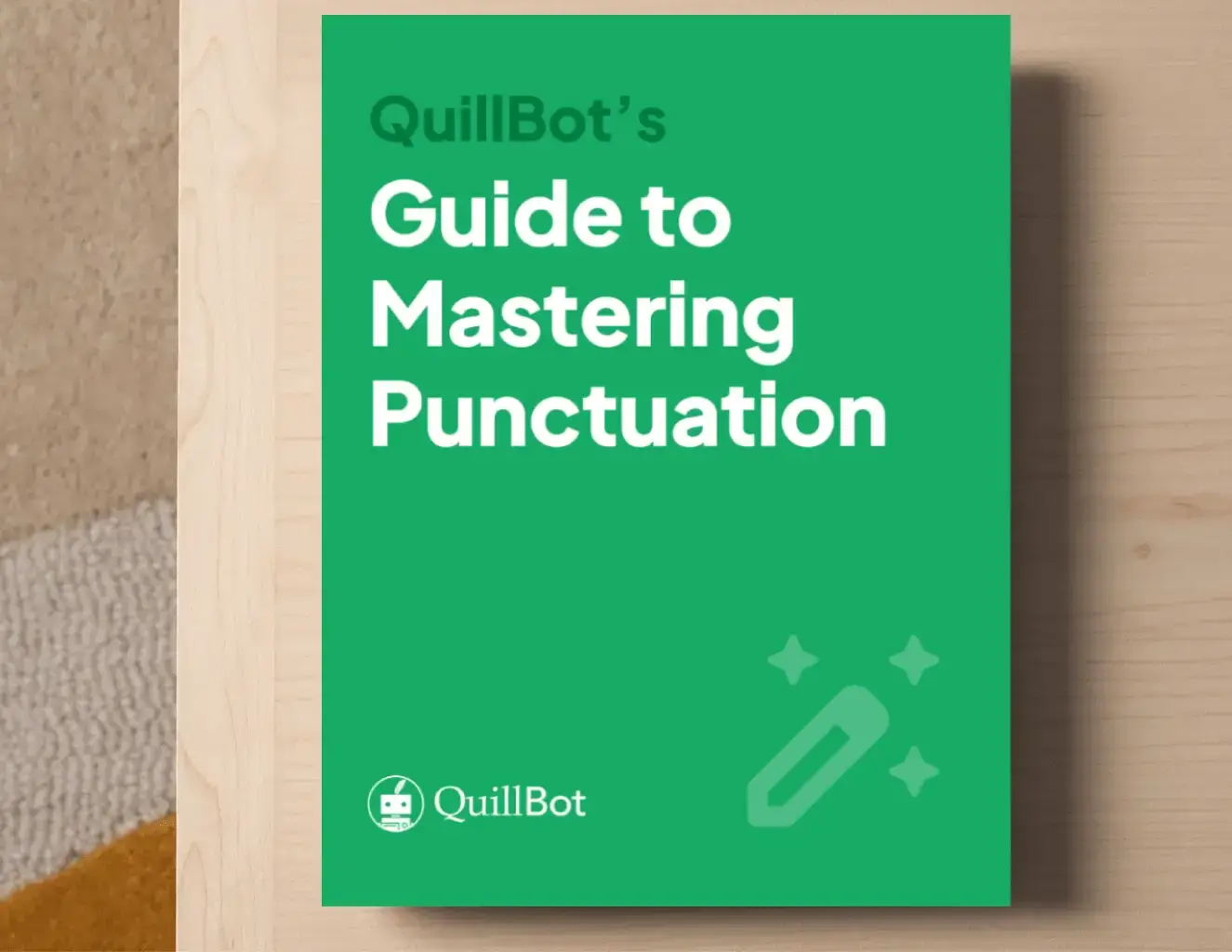Into | Definition, Meaning & Part of Speech
The word into is a preposition that can mean “to a place within something” or “in the direction of something.” It can also indicate the result of a transformation or what something is about. When it’s part of a phrasal verb, “into” is a particle.
QuillBot’s free Grammar Checker can help you use “into” correctly in your writing.
Look into the camera, please. [Preposition]
Now chop it into pieces. [Preposition]
The results of a study into the long-term benefits of the treatment were inconclusive. [Preposition]
Rising inflation is eating into people’s hard-earned savings. [Particle of the phrasal verb “eat into,” meaning “deplete”]
Is into a preposition?
The word into is a preposition that indicates direction or where something is going, where this “destination” is a location inside or within something.
Now tip the mixture into the mold.
The vaccine is injected into your arm.
It’s on your right as you drive into town.
After winning match point, she threw her racket into the crowd.
The preposition “into” can also indicate what something becomes as the result of a change, transformation, or development.
Initially a minor issue, it developed into a major problem over time.
I have to translate these sentences into French.
With nouns like “investigation,” “study,” and “inquiry,” the preposition “into” can indicate a subject (e.g., “The committee will begin a formal inquiry into the events surrounding the scandal next month”).
In vs into
You can use in or into with verbs of movement such as “put,” “drop,” “push,” “fall,” “throw,” and “jump.” People sometimes prefer to use “in,” not “into,” when they’re focusing on the final location rather than the movement.
I can’t find my swim trunks; I was sure I threw them in my suitcase with everything else. [Focusing on the location of the trunks]
Put the eggs into the boxes very carefully. [Focusing on the careful movement]
Put any boxes you don’t need in the cupboard, please. [Focusing on the final location.]
However, with these verbs, you have to use “in” when you don’t mention the final location.
- He threw them in without looking. [Final location not mentioned]
- He threw them into without looking.
- Please put them in gently. [Final location not mentioned]
- Please put them into gently.
- Please put them in the cupboard gently. [Final location is mentioned]
- Please put them into the cupboard gently.
“Into,” not “in,” is the correct preposition to use with verbs like “split,” “slice,” “cut,” and “divide” when talking about breaking up one thing so it becomes multiple smaller things.
But in the formulation “break/snap/tear/cut/rip in half,” etc., you say “in half,” not “into half.”
- Slice the carrots into thin strips.
- Slice the carrots in thin strips.
- He ripped the loaf of bread in half.
- He ripped the loaf of bread into half.
Into with phrasal verbs
The word into can also function as a particle of a phrasal verb.
I don’t buy into the notion that popular art can’t be good art. [Phrasal verb: “buy into,” meaning “believe”]
She called to say she got into her first-choice college. [Phrasal verb: “get into,” meaning “accepted to become a student at an educational institution]
What part of speech is into?
The part of speech of into is a preposition (e.g., “She just went into the kitchen” or “Tyndale translated it into English”).
When “into” is part of a phrasal verb, then it’s classified as a particle (or, in some traditional grammars, a type of adverb). For example, “into” is a phrasal verb particle in the sentence, “He’s really gotten into artisanal coffee lately,” where “get into” is a phrasal verb meaning “become interested in.”
Be into meaning
In the informal idiom “be into,” the preposition “into” means “interested in.”
I wasn’t really into Star Wars as a kid.
Frequently asked questions about into
- Is into a verb?
-
The word into is not a verb; its part of speech is typically a preposition (e.g., “Pour the milk into the mixture”), but it can also function as the particle of a phrasal verb (e.g., “I’ll look into it and call you back”).
If you’re not sure if “into” is the correct preposition, why not run the sentence through QuillBot’s free Grammar Checker?
- Is into an adverb?
-
The part of speech of the word into is not an adverb. “Into” typically functions as a preposition (e.g., “I saw her walking into the station just now”).
In some traditional grammars, however, “into” may be classified as a type of adverb when it’s part of a phrasal verb (e.g., “I bumped into her on the way to work the other day”). Modern grammars usually classify “into” as a “particle” in this context.
QuillBot’s free Grammar Checker will instantly tell you if “into” is the correct preposition for your context.
Cite this Quillbot article
We encourage the use of reliable sources in all types of writing. You can copy and paste the citation or click the "Cite this article" button to automatically add it to our free Citation Generator.
Challenger, T. (2025, August 18). Into | Definition, Meaning & Part of Speech. Quillbot. Retrieved November 20, 2025, from https://quillbot.com/blog/sentence-and-word-structure/into/

